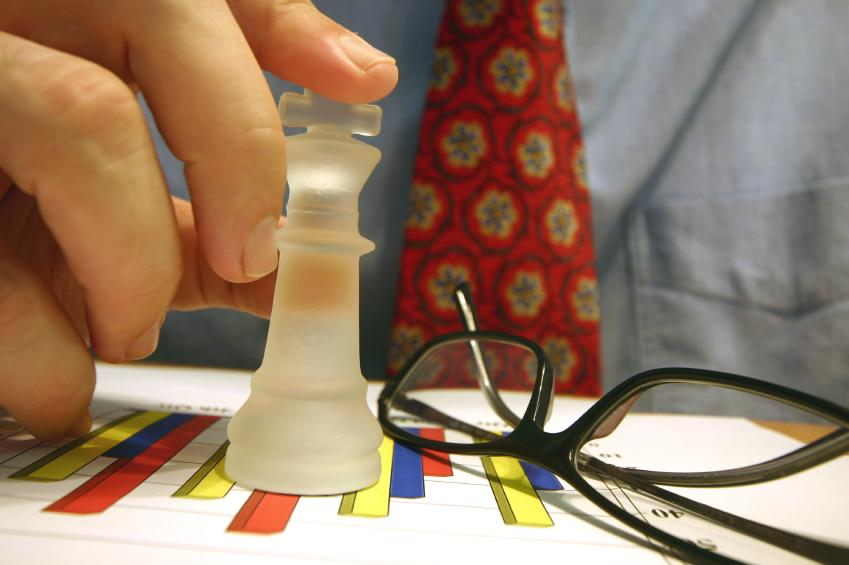We have all heard the criticism that any value analysis initiative can and will eventually create quality issues for patients, or some variation of this negative comment, many times in our supply chain career. When in fact, value analysis, if performed correctly, can actually improve the quality for your staff and patients. Let us prove to you that this is an accurate statement!
You have often heard us say, “Value analysis is the study of function and the search for lower cost alternatives.” The function is the reason for a product, service, or technology’s existence. Therefore, if you are doing your job correctly as a value analysis practitioner, you want to understand the functions of your customers’ products, services, and technologies without changing the functions in any way.
For instance, the primary function of an I.V. administration set is to “transport fluids” to patients.
A secondary function could be to “administer medications” within the I.V. set with one port. Its aesthetic functions (or features) could be: sharp needle, securement device, rate flow regulator, etc. Once we catalog our customers’ functions for any product, service, or technology we can then look for a lower cost equivalent. Notice, I didn’t say substitute, but EQUIVALENT!
Now that we have some context on this topic, here’s how we improve quality through value analysis: 57% of the time when we are interviewing a customer or observing how their product is being used we discover that their current product, such as an I.V, set, isn’t meeting the customers’ requirements RELIABLY. It might be that the needle isn’t sharp enough, securement device is not holding properly, rate flow regulator is not accurate, etc. By solving this quality problem for your customers, as an integral part of your VA study, you just solved a nagging problem for your clinical staff. More importantly, you have improved the quality experience for your patients. A win-win for everyone, wouldn’t you agree?
Now that we talked about quality, let’s talk about savings. Through testing, probing, and observing, value analysis practitioners typically uncover hidden savings in almost every product, service, and technology their healthcare organization is buying without creating any quality issues. I remember a client telling us that he once observed his OB nursing staff throwing away one sterile glove that was prepackaged two to a pack because they only needed one glove. He found a lower cost alternative in a sterile glove which saved $3,000 annually, meeting their requirements with no waste.
Hopefully you can see that savings and quality aren’t mutually exclusive with value analysis. You can have savings and improve the quality of the products, services, and technologies you are buying if you approach value analysis as an improvement technique, not as a cost cutting technique. Now, make sure you teach this to your clinicians so they too can embrace value analysis as a friendly tool rather than a cost cutting tool that will create quality issues for them sometime down the road.





